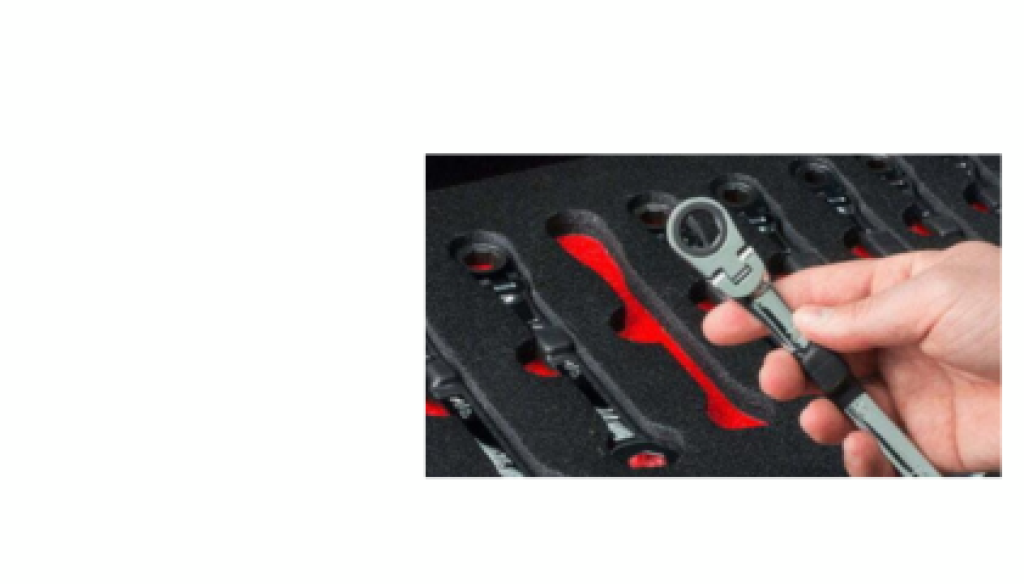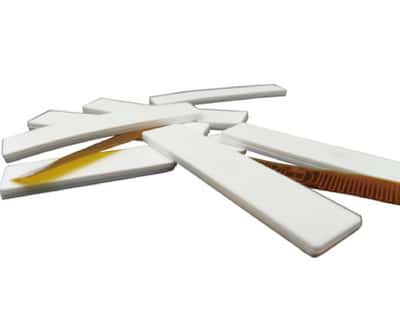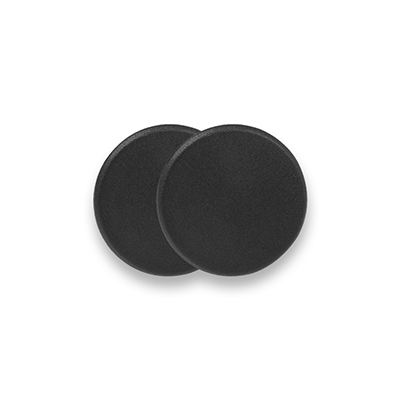RFID tool tracking is an efficient way to manage company-owned tools and avoid issues such as lost, stolen, damaged, or overlooked tools. RFID technology uses both active and passive RFID tags to track assets, which can be scanned by RFID readers to access information about each tagged asset. RFID tool tracking is quick, simple, and effective, and can help you avoid issues such as lost, stolen, damaged, or overlooked tools. RFID technology has been in use since the 1980s and has been continuously improved over the years. Companies all over the world in almost every industry use RFID to easily track and manage their assets. If you are looking for the best RFID tool tracking system, consider the following aspects: cost, functionality, ease of use, and scalability. Passive and active RFID tags have varying costs ranging from $0.10 to $10 per tag. Active tags cost more due to their built-in power source. You will also need RFID tag readers and network infrastructure. Choosing the right RFID tool tracking system can help you maximize productivity and minimize downtime caused by lost or damaged tools.

Why you need to keep track of tools
Keeping track of tools is important for several reasons. First, it helps prevent loss or theft of tools, which can be costly to replace and can cause delays in work. Second, it helps with inventory management, allowing you to know where your tools are and how many you have. Third, it can help you keep track of usage, inspection, and maintenance schedules, ensuring that your tools are always in good working order. Finally, it can help you save time and money in the long run by reducing errors and improving efficiency. RFID tool tracking is an efficient way to manage company-owned tools and avoid issues such as lost, stolen, damaged, or overlooked tools. RFID technology uses both active and passive RFID tags to track assets, which can be scanned by RFID readers to access information about each tagged asset. RFID tool tracking is quick, simple, and effective, and can help you avoid issues such as lost, stolen, damaged, or overlooked tools. RFID technology has been in use since the 1980s and has been continuously improved over the years. Companies all over the world in almost every industry use RFID to easily track and manage their assets. If you are looking for the best RFID tool tracking system, consider the following aspects: cost, functionality, ease of use, and scalability. Active tags cost more due to their built-in power source. You will also need RFID tag readers and network infrastructure. Choosing the right RFID tool tracking system can help you maximize productivity and minimize downtime caused by lost or damaged tools.
How Does RFID Asset Tracking Work?
RFID asset tracking uses RFID tags to track assets, which can be scanned by RFID readers to access information about each tagged asset. RFID tags can be either active or passive. Active RFID tags have an internal power source and can transmit data over longer distances, while passive RFID tags do not have an internal power source and require an RFID reader to provide power to the tag. When an RFID reader scans an RFID tag, it collects data about the asset, such as its location, usage, maintenance schedule, and other relevant information. This data is then stored in a database and can be accessed by authorized personnel. RFID asset tracking is quick, simple, and effective, and can help you avoid issues such as lost, stolen, damaged, or overlooked assets. RFID technology has been in use since the 1980s and has been continuously improved over the years. Companies all over the world in almost every industry use RFID to easily track and manage their assets. If you are looking for the best RFID asset tracking system, consider the following aspects: cost, functionality, ease of use, and scalability. Passive and active RFID tags have varying costs ranging from $0.10 to $10 per tag. Active tags cost more due to their built-in power source. You will also need RFID tag readers and network infrastructure. Choosing the right RFID asset tracking system can help you maximize productivity and minimize downtime caused by lost or damaged assets.
What Are Different Types Of RFID Tags?
Anti- metal RFID tags
Water-proof RFID tags
Rugged RFID tags
High temperature resistant label
How to Build an RFID Tool Tracking System
If you want to build an RFID tool tracking system, here are some steps you can follow:
Understand RFID technology: Learn about the basics of RFID technology and how it works.
Define tracking objectives: Determine what you want to track and why.
Choose RFID tags: Select the type of RFID tag that best suits your needs.
Set up RFID readers and antennas: Install RFID readers and antennas in the areas where you want to track your tools.
Design the database and software: Develop a database and software to store and manage the data collected by the RFID system.
Configure reader settings: Configure the settings of the RFID readers to ensure that they are working correctly.
Tag calibration and encoding: Calibrate and encode the RFID tags to ensure that they are working correctly.
Test and optimize the system: Test the RFID system to ensure that it is working correctly and optimize it as needed.
Building an RFID tool tracking system can be a complex process, but it can help you save time and money in the long run by reducing errors and improving efficiency. If you are looking for the best RFID tool tracking system, consider the following aspects: cost, functionality, ease of use, and scalability. Choosing the right RFID tool tracking system can help you maximize productivity and minimize downtime caused by lost or damaged tools.
















